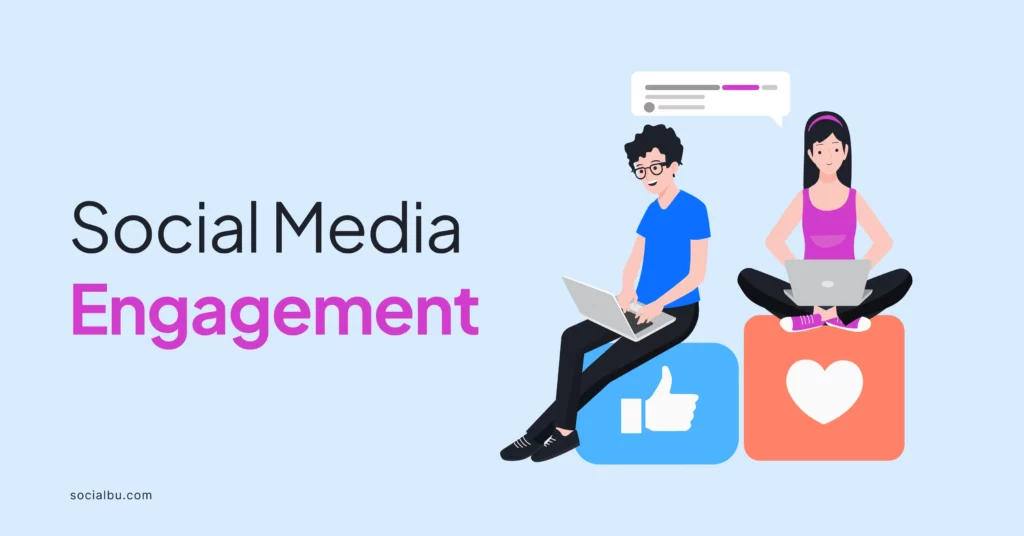What is social media engagement, exactly? It’s more than just likes and shares. It’s the lifeblood of your online presence, a measure of how much your audience truly cares about what you have to say. High engagement means happier customers, stronger brand loyalty, and better reach.
But how do you skyrocket your social media engagement rates? It’s not rocket science, but it does require a strategic approach. Let’s explore social media engagement and the secrets to captivating your audience.
Understanding Social Media Engagement
Engagement is a key indicator of how well a brand connects with its audience and how effectively its content resonates with users. High engagement levels suggest that followers are not just passively consuming content but are actively participating in conversations and building relationships with the brand. Here are a few types to know:
Types of Engagement
Social media engagement takes many forms, each contributing to the overall interaction between a brand and its audience. Here are some of the most common social media engagement KPIs:
- Likes: Likes are a simple way for users to show appreciation for a post. They provide a quick metric for gauging how well content is received.
- Comments: Comments allow users to express their thoughts or feedback directly on a post. They foster dialogue and can provide valuable insights into audience opinions.
- Shares: When users share a post, they amplify its reach to their followers. Shares strongly indicate content value, as users are willing to promote it within their networks.
- Saves: Users can save posts for later reference, indicating that the content is valuable enough to revisit. This metric is particularly relevant on platforms like Instagram.
- Clicks: Clicks measure how many users interacted with links in a post, directing them to websites, blogs, or other content. This metric is crucial for assessing traffic generation.
- Direct Messages: Direct messages facilitate private conversations between brands and users. They can be used for customer support, inquiries, or personal engagement, helping to build stronger relationships.
Each type of interaction provides insights into audience preferences and behaviors, allowing brands to tailor their content accordingly.
Importance of Social Media Engagement for Businesses
Let’s take a look at why social media engagement is important for businesses:
Builds Brand Loyalty
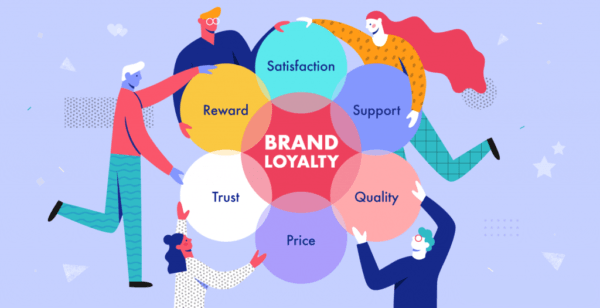
High levels of engagement foster a sense of community and connection between the brand and its audience. When users feel heard and valued, they are more likely to develop loyalty to the brand, leading to repeat interactions and purchases.
Increases Reach
Engaged users are more likely to share content with their networks, which can significantly increase a brand’s visibility. Social media algorithms often prioritize content with higher engagement, making it more likely to appear in users’ feeds.
Drives Conversions
While engagement does not directly translate to sales, it plays a crucial role in the customer journey. Engaged audiences are more likely to trust a brand, leading to higher conversion rates. Positive interactions can influence purchasing decisions, as users are more inclined to buy from brands they feel connected to.
Enhances Customer Insights
Monitoring engagement metrics provides valuable data about audience preferences and behaviors. This information can guide content creation, marketing strategies, and product development, ensuring that businesses meet their customers’ needs.
Measuring Social Media Engagement
Measuring social media engagement involves tracking various metrics that provide insights into how audiences interact with content. There are many social media engagement tools to help you with it, but SocialBu is a prime example. Here are some key engagement metrics to consider if you are wondering how to improve social media engagement:
Engagement Rate
This metric measures the level of interaction that content receives relative to the size of the audience. It is calculated by dividing the total engagement (likes, comments, shares, etc.) by the total number of followers or impressions, then multiplying by 100 to get a percentage. A higher engagement rate indicates that content resonates well with the audience.
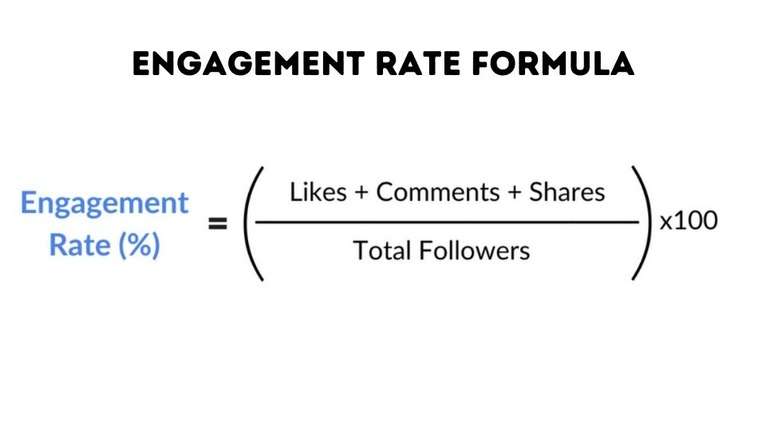
For Example: If a post receives 150 likes, 30 comments, and 20 shares, the total engagement would be 200. If the post had 1,000 followers, the engagement rate would be:
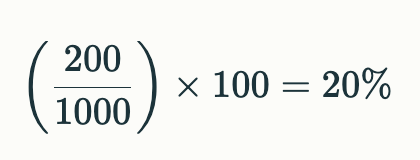
The engagement rate is a crucial metric because it clearly shows how effectively content connects with the audience. Unlike raw numbers, the engagement rate accounts for audience size, allowing more accurate comparisons across posts and platforms.
Reach
Reach refers to the total number of unique users who see a post. It helps businesses understand how far their content spreads across social media platforms. A higher reach indicates that more people are exposed to the brand’s message.
Impressions
Impressions measure the total number of times a post is displayed, regardless of whether it was clicked. This metric includes multiple views by the same user. Understanding impressions helps brands gauge the visibility of their content.
Click-Through Rate (CTR)
CTR measures the percentage of users who click on a link within a post compared to the total number of users who viewed the post. It is calculated by dividing the number of clicks by the number of impressions and multiplying by 100. A higher CTR indicates that the content is compelling enough to prompt users to take action.
Strategies to Increase Social Media Engagement
Following are the strategies to create an engaged and loyal following and ultimately drive business success:
Optimize Content for Engagement
The backbone of high social media engagement is creating great content. This includes using high-quality visuals, interactive videos, and curating relevant content for your target audience. To assist with this, creating content pillars is highly advisable so that you know exactly what to post and when.
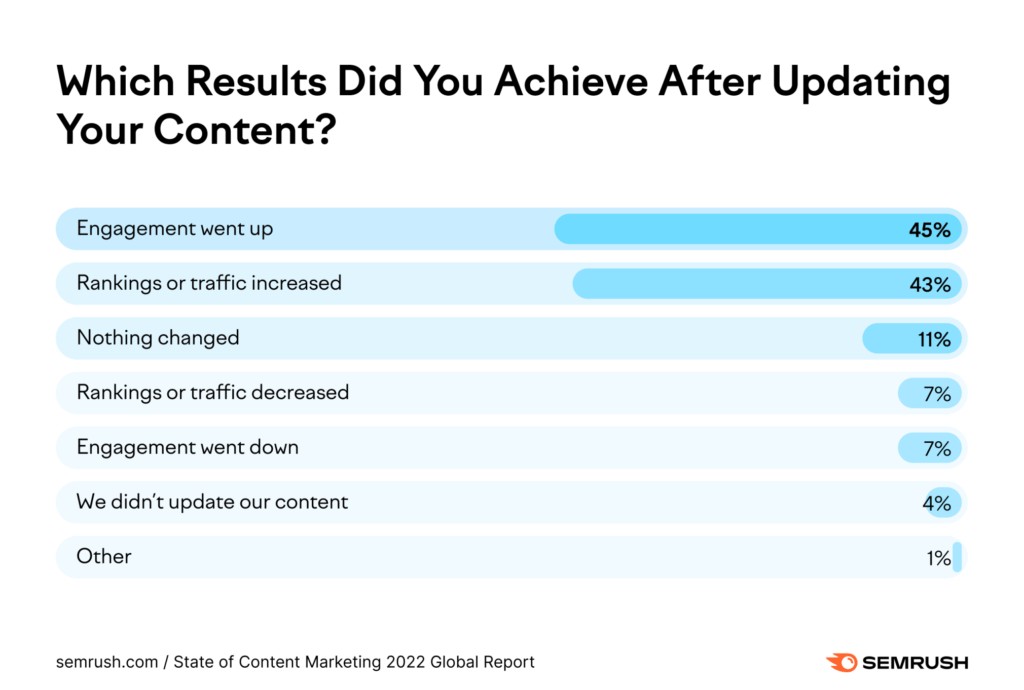
But do you struggle to create impactful content? Use AI tools to master it effortlessly!
- Your captions should be attention-grabbing, informative, and encourage responses.
- A conversational tone, asking questions, and incorporating a clear call-to-action can prompt users to engage.
- Use social media management tools like SocialBu to schedule curated posts and track analytics.
- Once you have your content calendar in place, the next step is to add relevant and targeted hashtags. These will help you increase content visibility and reach.
- Research popular hashtags related to the brand’s niche and content pillars and incorporate them into posts to attract engaged users.
- Likewise, adding interactive elements like filters, polls, questions, quotes, and quizzes encourages audience participation. These features create a sense of interactivity and make users feel more invested in the content.
Engage with Your Audience
Engaging with the audience is crucial for fostering community and increasing social media interactions. Promptly responding to comments shows that the brand values its audience. It also helps build relationships and encourages further interactions, which may often lead to organically growing followers.
Additionally, posing questions in captions or comments prompts users to share their thoughts and opinions. This interactive approach can lead to more comments, discussions, and followers. Similarly, inviting users to share their content, such as photos or stories related to the brand, is also engaging.
Offering incentives or running contests can further encourage participation. Hosting live Q&A sessions, behind-the-scenes tours, or product demonstrations creates a sense of exclusivity and encourages real-time interactions. Due to their interactive nature, live events often generate higher engagement levels.
Leverage User-Generated Content
UGC can provide a cost-effective alternative to creating original content. By leveraging user-generated visuals and stories, brands can save time and resources while providing engaging content to their audience.
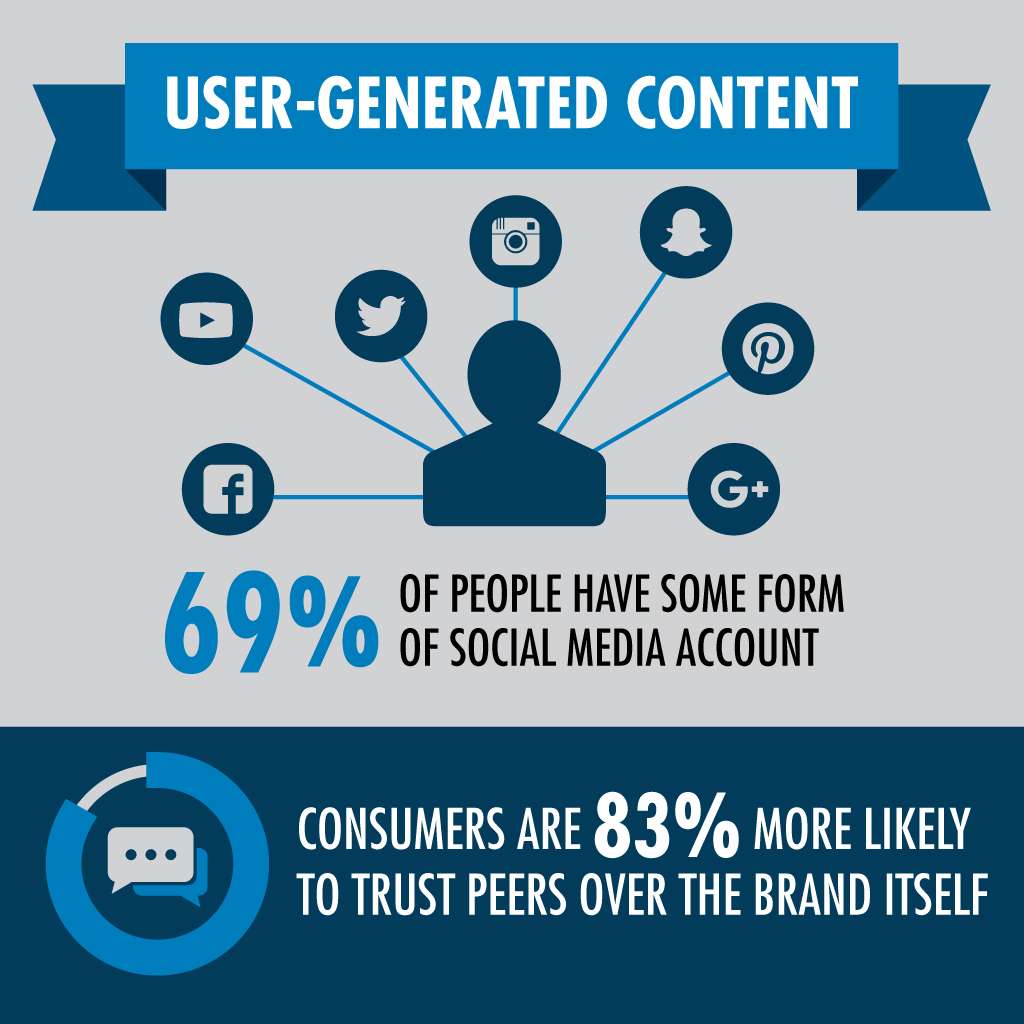
When users see real people sharing their experiences with a brand, it can increase credibility and encourage further engagement. Besides, sharing UGC can expose the brand to new audiences. When users see their content featured, they may share it with their followers, consequently expanding the brand’s reach and increasing engagement opportunities.
This helps build a sense of community around the brand, often leading to higher loyalty and engagement levels.
Analyze Top-Performing Content
Social media engagement research can help identify the types of content that resonate most with the audience. By analyzing key engagement metrics and understanding what works best, brands can create more of that content to boost overall engagement.
Brands can adjust their social media strategies based on the insights gained from analyzing metrics. This may involve changing posting times, experimenting with new content formats, or targeting different audience segments.
Continuously monitoring engagement metrics and adapting strategies allows brands to stay ahead of the competition. By identifying and implementing best practices, brands can maintain a strong social media presence and keep their audience engaged.
Successful Social Engagement Examples
Studying successful social media engagement campaigns and applying the key lessons learned can be highly beneficial for businesses struggling to grow. It can help create an effective social media engagement strategy to connect with target audiences and boost your overall social media presence.
Take a look at some success stories:
Mercedes-Benz
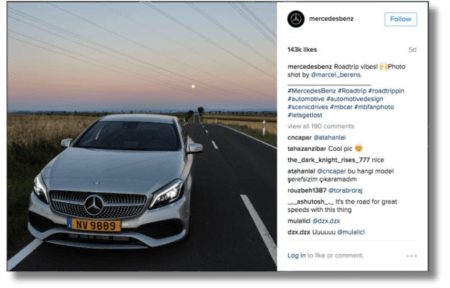
In 2013, Mercedes-Benz launched an innovative Instagram campaign to reach a younger audience. They hired five top Instagram photographers to each take photos of a new Mercedes CLA, with the photographer whose post received the most likes getting to keep the car.
The campaign resulted in 87 million organic impressions, 2 million likes, and 150 new marketing assets in the form of stunning photos.
Dove

Dove’s “Real Beauty” campaign, which featured sketches of women, aimed to make women feel good about themselves. Dove found that 80% of women encountered negative chatter on social media. Thus, they teamed up with Twitter to build a tool that breaks down which body-related words people use the most and when negative chatter appears.
The campaign used the hashtag #SpeakBeautiful and emotional storytelling and received over 168,000 mentions, driving 800 million social media impressions.
Airbnb
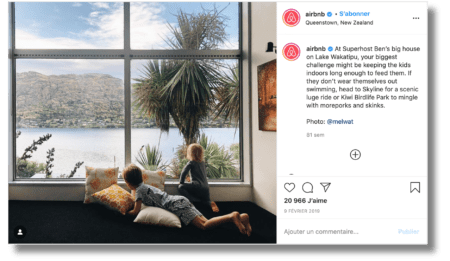
Airbnb’s Instagram account features visually compelling posts, often showcasing high-quality, visually appealing user-generated photos from its hosts and guests. The content aligns with their “Don’t just go there, Live there” campaign, capturing the culture and experiences of different places. Each post receives high engagement, with likes ranging from 3,000 to 14,000.
Conclusion
In conclusion, understanding and enhancing social media engagement is vital for businesses aiming to thrive in today’s digital landscape. By defining social media engagement and recognizing its various forms, brands can better connect with their audiences.
Some good engagement strategies include optimizing content, actively engaging with followers, and continuously analyzing performance. Moreover, measuring engagement through key metrics allows businesses to assess their performance and make informed decisions.
Share your best strategy to skyrocket social media engagement in the comments below.
FAQS
What is the meaning of engagement in social media?
Engagement in social media refers to users’ interactions with content posted on social platforms. This includes actions such as likes, comments, shares, and clicks. Engagement is a key metric for evaluating how well a brand connects with its audience and how effectively its content resonates.
What is the meaning of social engagement?
Social engagement encompasses the interactions and connections between individuals and brands on social media platforms. It reflects how actively users participate in discussions, share content, and respond to posts. Social engagement is crucial for businesses as it indicates consumers’ interest and attention towards a brand.
What is a social media engagement tool?
A social media engagement tool is a software application designed to help businesses manage, analyze, and enhance their interactions with audiences on social media platforms. These tools provide features such as scheduling posts, tracking engagement metrics, and monitoring audience interactions.
What is social media engagement theory?
Social media engagement theory explores how users interact with content on social media and the factors that influence these interactions. It examines the motivations behind user engagement, such as social connection, entertainment, and information sharing. This theory helps brands understand how to create content that resonates with their audience.
What is the goal of social media engagement?
The primary goal of social media engagement is to foster meaningful interactions between a brand and its audience. This involves building relationships, increasing brand loyalty, and encouraging user participation. Effective engagement can lead to greater brand awareness, enhanced customer satisfaction, and higher conversion rates.
What is good social media engagement?
Good social media engagement is characterized by high levels of interaction between users and a brand’s content. This includes many likes, comments, shares, and other forms of participation. Effective engagement involves meaningful conversations where users feel valued and connected to the brand.
What is called engagement?
Engagement refers to users’ interactions with content on social media platforms. This can include liking, commenting, sharing, saving, and clicking on links. Engagement is a vital metric for assessing how well content resonates with the audience and indicates users’ level of interest and connection with a brand.
How to measure social media engagement?
To measure social media engagement, brands should track various metrics that reflect user interactions. This can be done using a social media analytics tool. Key metrics include engagement rate (total engagements divided by total followers or impressions), reach, impressions, and click-through rates.
What is social media impressions?
Social media impressions refer to the number of times a post is displayed on users’ screens, regardless of whether it was clicked or interacted with. This metric includes multiple views by the same user and is crucial for understanding content visibility. High impression counts indicate that a wide audience is seeing content.
What is engagement activity in social media?
Engagement activity in social media encompasses all the interactions users have with a brand’s content. This includes liking, commenting, sharing, saving, and clicking on links.
